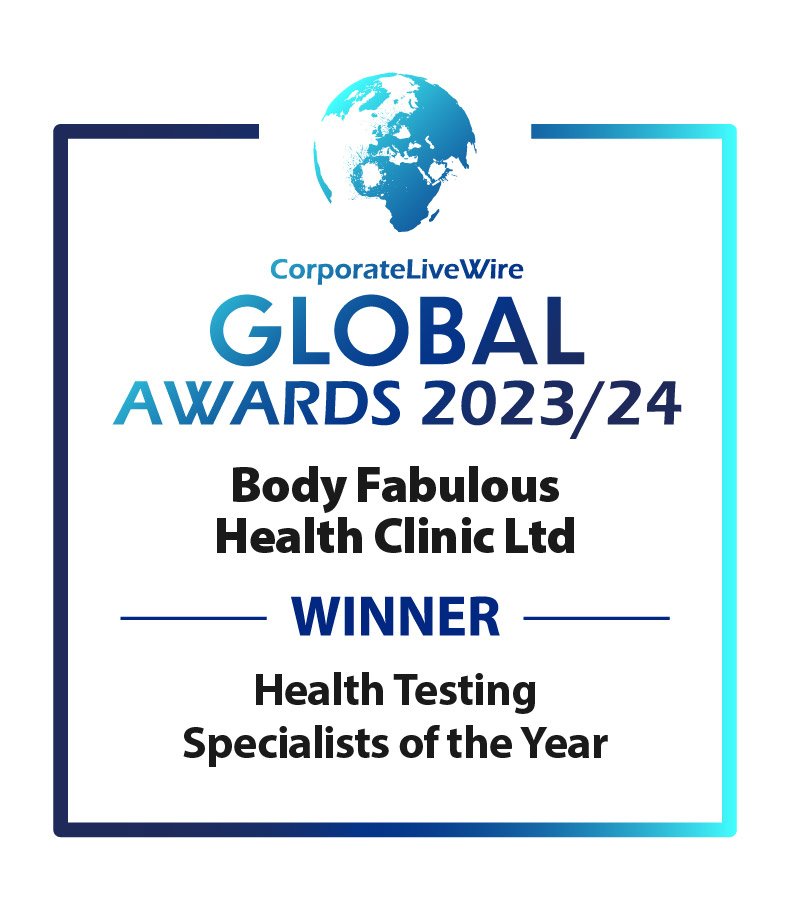Red Light Therapy
/Biohacking - What is Red Light Therapy?
Red light therapy (RLT) also known as low-level laser therapy uses specific wavelengths of red and near-infrared light to promote healing and provide various health benefits.This light is absorbed by the skin and penetrates deep into tissues. The mitochondria in cells absorb the light, which increases the production of ATP (adenosine triphosphate), the energy source for cellular functions. This boost in energy enhances cellular repair, reduces inflammation, and promotes tissue regeneration.
The potential benefits of red light therapy
Skin Health & Anti-Aging
Collagen Production: Red light therapy can stimulate collagen production, leading to smoother, firmer skin. This helps reduce the appearance of fine lines and wrinkles.
Wound Healing & Scar Reduction: Red light therapy may accelerate tissue repair and help reduce scarring from wounds, burns, or surgeries.
Improved Skin Tone and Texture: It can promote a healthier, more even skin tone and texture by stimulating cellular repair.
Pain Reduction and Inflammation
Muscle and Joint Pain Relief: RLT is often used to reduce muscle soreness and joint pain, particularly in conditions like arthritis or post-exercise recovery.
Chronic Pain Management: Studies suggest that RLT may help reduce pain and inflammation, especially in conditions like tendinitis, fibromyalgia, and temporomandibular joint (TMJ) disorders.
Hair Growth
Treatment for Hair Loss: Red light therapy can stimulate hair follicles, encouraging hair regrowth and preventing further hair thinning in conditions like androgenic alopecia (male/female pattern baldness).
Improved Scalp Health: It may help with scalp circulation, leading to healthier hair growth and improved follicle activity.
Improved Muscle Recovery
Faster Healing: Athletes use red light therapy to speed up muscle recovery after intense exercise. It helps reduce inflammation and muscle stiffness, enhancing the repair of muscle tissue.
Increased Energy Production: RLT stimulates mitochondrial activity, increasing the production of adenosine triphosphate (ATP), which is the energy currency of cells. This enhances cellular function and promotes faster recovery.
Mental Health and Mood Enhancement
Reduced Symptoms of Depression and Anxiety: Some studies suggest that red light therapy may have a positive effect on mood, helping reduce symptoms of depression and anxiety by affecting brain chemistry and reducing inflammation in the brain.
Improved Sleep: RLT has been linked to better sleep quality, possibly by regulating circadian rhythms and promoting relaxation.
The potential risks of red light therapy:
Red light therapy is generally considered to be safe and has many potential health benefits, yet it may not be safe for everyone Here are some of the potential negative effects to be aware of:
Skin Irritation or Burns
Sensitive Skin: Some individuals with sensitive skin may experience irritation or redness from RLT. This is generally mild and temporary but can be uncomfortable.
Overuse: Prolonged or excessive use of RLT can cause a burning sensation, redness, or even a mild burn if the therapy is applied for too long or at too high an intensity.
Worsening of Certain Skin Conditions
Pre-existing Conditions: In rare cases, RLT may exacerbate certain skin conditions like rosacea or some forms of acne, leading to increased redness or flare-ups. People with these conditions should consult a dermatologist before starting treatment.
Potential for Increased Inflammation
Inflammatory Conditions: Although RLT is generally anti-inflammatory, overuse can, in some cases, cause a temporary increase in inflammation or swelling in certain individuals. This could potentially worsen symptoms of conditions like arthritis or injuries if not monitored properly.
Not Suitable for Certain Medical Conditions
Pregnancy: While there’s no conclusive evidence that RLT is harmful during pregnancy, some healthcare providers recommend avoiding its use during this time as a precautionary measure, especially in the absence of extensive research on its effects.
Individuals with cancer or a medical history of cancer: Research suggests that RLT may have the potential to stimulate cell growth, including that of cancerous cells, so it should be used cautiously in individuals undergoing cancer treatment
Red Light Devices:
Red light therapy can be accessed in professional settings (like clinics or spas) or at home using handheld devices or light panels. The most common devices include:
Red light panels: Large panels that cover the body or specific areas.
Handheld devices: Smaller devices designed for targeted treatment, such as for pain relief or facial skincare.
LED masks: Popular for facial treatments, these masks use red light to promote skin health.
Conclusion
There are many benefits of red light therapy on a variety of health concerns and conditions. As with any therapy, individual experiences may vary, and it's essential to approach RLT with caution and awareness of any potential risks.
Biohacking Partners
We have partnered with health companies to provide you with discounts and offers on some great devices and products that you can use at home. Click the link here: https://www.mybodyfabulous.co.uk/health-partners










